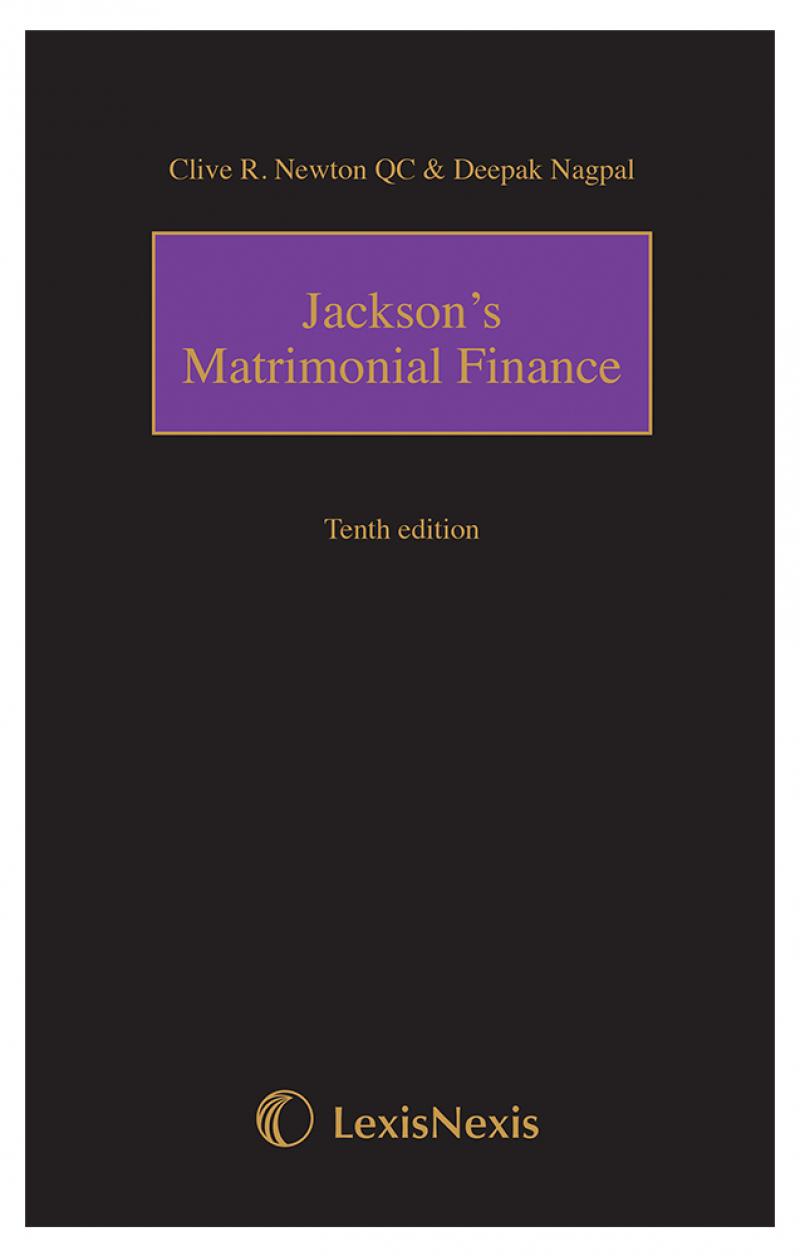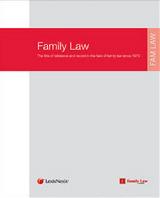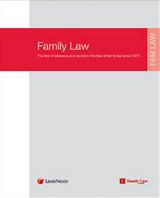- News & Comment
-
Online Shop
Online Services
Looseleafs
Law Reports
Books and eBooks
-
CPD & Events
Webinars
Events
- Authors
- About Family Law
- Contact












 4 FEB 2025
4 FEB 2025

 3 FEB 2025
3 FEB 2025

 3 FEB 2025
3 FEB 2025

 3 FEB 2025
3 FEB 2025

 3 FEB 2025
3 FEB 2025






 Durham County Council v Dunn [2012] EWCA Civ 1654 is a case about a civil claim arising from alleged abuse of a person at a young people's centre; but for the family lawyer it operates on at least two levels alongside that:
Durham County Council v Dunn [2012] EWCA Civ 1654 is a case about a civil claim arising from alleged abuse of a person at a young people's centre; but for the family lawyer it operates on at least two levels alongside that:
First it provides summary of the rules on disclosure (CPR 1998 Part 31, and applicable FPR 2010 Part 21 and common law in family proceedings) as distinct from seeking information under Data Protection Act 1998; and why it is almost invariably more appropriate and effective to proceed under CPR 1998 Part 31 (especially once proceedings are issued).
Secondly, it provides a tour de force by Munby LJ on case law developments in public interest immunity, and his assessment of what is now the modern law. (This was a day or two before judgement in the Supreme Court in Re A (A Child)[2012] UKSC 60 (no public interest immunity for the child case informer); but that case does not seem to have established any real legal principle: it appears in Munby LJ's summary as Re J, still in the Court of Appeal).
In Durham v Dunn the Court of Appeal considered an application by a former resident of Aycliffe Young People's Centre in County Durham. He alleged abuse committed upon him whilst he was there. He sought disclosure against the County Council (‘DCC') seeking information as to the names and other details of people who may have abused him. His solicitors initially sought information under DPA 1998 (remarkably, it might be thought). When the information provided by DCC proved inadequate they argued their claim before the district judge again under DPA 1998. Redacted disclosure was ordered by the district judge; but he gave permission to appeal. The circuit judge allowed Dunn's appeal and ordered references to redaction to be removed from the order.
Maurice Kay LJ looked carefully at the way the judge had dealt with disclosure. He found that - like the district judge - the judge referred to ‘a statutory duty to protect data'. This he felt was misleading. He then considered public interest immunity (‘PII': for which there was no claim by DCC); and in European Convention 1950 terms he sought the balance between privacy and a fair trial:
[21] ... The true position is that CPR 1998 Part 31, read as a whole, enables and requires the court to excuse disclosure or inspection on public interest grounds. In a case such as the present one, it may be misleading to describe the issue as one of [PII].... The requisite balancing exercise is between, on the one hand, a party's right to a fair trial at common law and pursuant to Article 6 of the ... (ECHR) and, on the other hand, the rights of his opponent or a non-party to privacy or confidentiality which may most conveniently be protected through the lens of Article 8. It is a distraction to start with the DPA 1998, as the Act itself acknowledges....
To protect the identities of non-parties (ie the names and details sought by the claimant) the court protected their privacy by including in the order ‘
And the President (as he then was not)? He points out that it can be misleading to think that all social work records (eg as a class of public documents) is automatically covered by PII. Without forming ‘a definitive view' on the subject (his comments are obiter, as the point was not in issue before the court), he provides one of those immensely helpful historical surveys of the case law which anyone concerned with PII will find does most of their job for them.
David Burrows is author of Practice of Family Law: Evidence and Procedure (Jordans, 2012). Disclosure is dealt with in Chapter 26 and public interest immunity in Chapter 30.
The views expressed by contributing authors are not necessarily those of Family Law or Jordan Publishing and should not be considered as legal advice.




Leave a commentOrder by
Newest on top Oldest on top